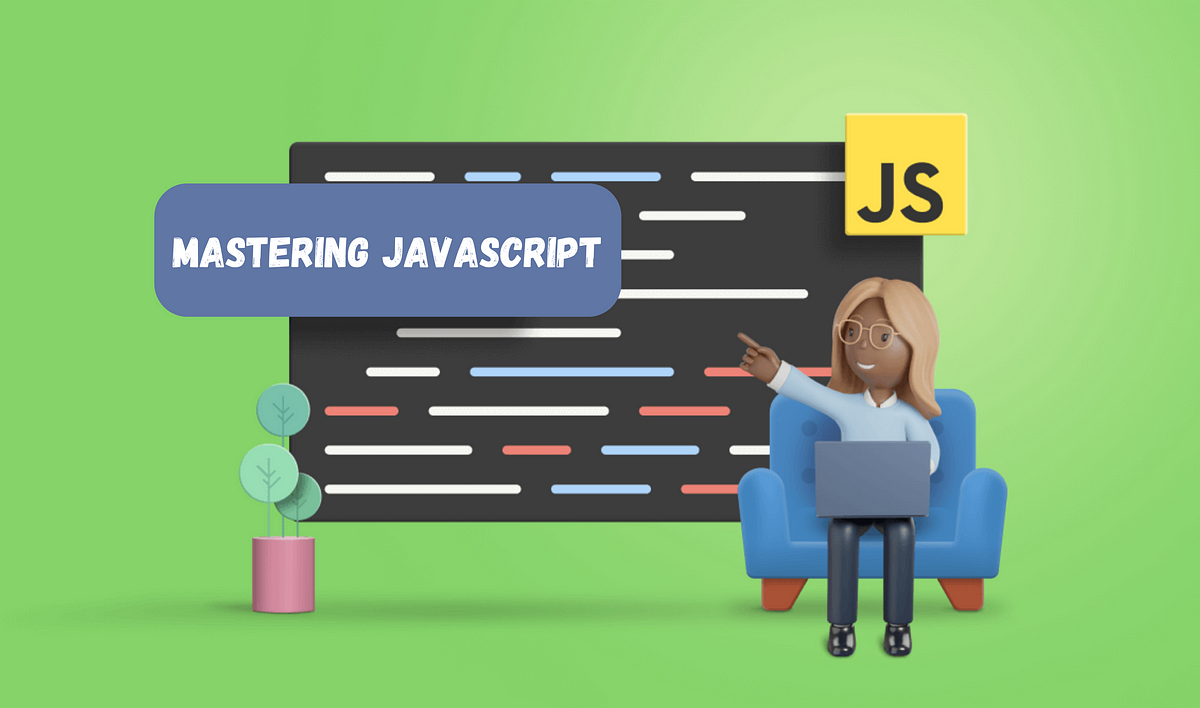Are you still using concat()? Here's what JavaScript Pros Do Instead.
 Darshit Anjaria
Darshit Anjaria
When it comes to concatenating strings in JavaScript, developers often have two main options: using the concat() method or template literals (backticks). While template literals offer a modern and convenient way to combine strings, there are still valid reasons to consider using the concat() method. Let's explore why:
1. Attentiveness & Readability
One of the key advantages of the concat() method is its clarity. When you use concat(), it's immediately clear that you're combining strings. This explicit approach can be particularly helpful for developers who might not be as familiar with template literals. By making your code's intention obvious, you improve readability and reduce the chance of confusion for others (or even yourself) when revisiting the code later.
For example:
let greeting = "Hello, ".concat("world!");
Here, it's evident that the purpose of this line is to concatenate strings.
On the other hand, template literals allow for string concatenation using backticks:
let greeting = `Hello, world!`;
While this approach is more concise, it might not be as immediately clear to someone unfamiliar with template literals that the intention is to concatenate strings, especially in more complex scenarios.
2. Compatibility and Consistency
The concat() method has been a part of JavaScript since the early days, making it compatible with all versions of the language. This can be a crucial factor if you're working in an environment where older versions of JavaScript are still in use or if you're writing code that needs to be as backward-compatible as possible.
Template literals, on the other hand, were introduced in ES6. While they offer more features like multi-line strings and embedded expressions, they might not be supported in older environments without transpilation (converting ES6+ code to ES5).
Example using concat():
let firstName = "John";
let lastName = "Doe";
let fullName = firstName.concat(" ", lastName);
This approach works seamlessly across all JavaScript environments, ensuring your code runs smoothly regardless of the version.
The equivalent using template literals would be:
let firstName = "John";
let lastName = "Doe";
let fullName = `${firstName} ${lastName}`;
While more concise, this approach relies on the availability of ES6 features.
3. Avoiding Template Literal Overhead
Template literals are powerful, but they come with a bit of overhead. The JavaScript engine has to do more work to parse and process template literals, especially if they include embedded expressions or multi-line strings. While this overhead is generally negligible in modern applications, in performance-critical situations or on resource-constrained environments, the direct approach of concat() could be more efficient.
Example using concat():
let str1 = "Hello";
let str2 = "World";
let result = str1.concat(", ", str2, "!");
Here, concat() directly performs the string concatenation without any additional parsing, which might be more optimal in specific cases.
The equivalent using template literals:
let str1 = "Hello";
let str2 = "World";
let result = `${str1}, ${str2}!`;
While this method is more straightforward, it involves more parsing work behind the scenes, which could add up in performance-critical scenarios.
Conclusion
While template literals are a powerful tool in modern JavaScript, the concat() method still holds its ground for its clarity, compatibility, and potential performance benefits. By understanding when and why to use concat(), you can make more informed decisions in your coding practices, ensuring that your code is both efficient and easy to understand.
Feel free to try both methods and see which one suits your needs best!
Thank You!
Thank you for reading!
I hope you enjoyed this post. If you did, please share it with your network and stay tuned for more insights on software development. I'd love to connect with you on LinkedIn or have you follow my journey on HashNode for regular updates.
Happy Coding!
Darshit Anjaria
Subscribe to my newsletter
Read articles from Darshit Anjaria directly inside your inbox. Subscribe to the newsletter, and don't miss out.
Written by

Darshit Anjaria
Darshit Anjaria
I’m a problem solver at heart, driven by the idea of building solutions that genuinely make a difference in people’s everyday lives. I’m always curious, always learning, and always looking for ways to improve the world around me through thoughtful, impactful work. Beyond building, I love giving back to the community — whether it’s by sharing what I’ve learned through blogs, tutorials, or helpful insights. My goal is simple: to make technology a little more accessible and useful for everyone. Let’s learn, build, and grow together.